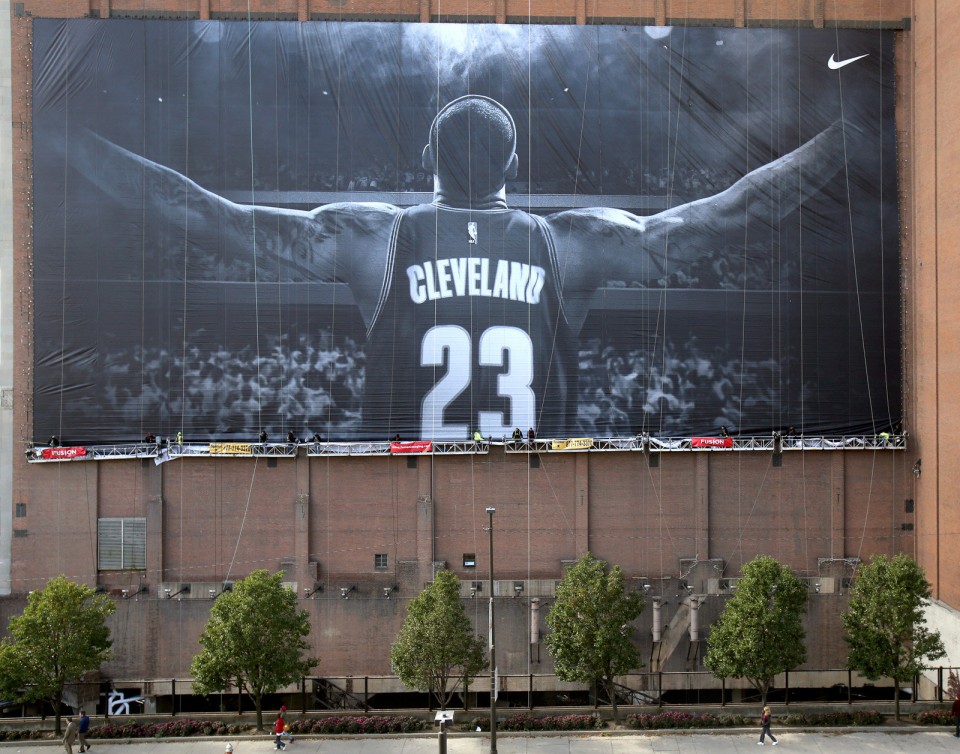Capturing greatness is rare enough, recapturing it even more unlikely.
Someday Silicon Valley will also founder, the way former Industrial Era powers Cleveland and Pittsburgh and Detroit did. Clusters built around a narrow type of enterprise almost always do, since specialization can be wonderfully beneficial for a while but has a relatively short shelf life. Once the boom goes bust, bringing it back is almost impossible. Cities like New York that are open for business in a broad way have a better shot at continued prosperity, their fickleness and willingness to constantly tear down an asset.
From the Economist piece “Silicon Valley 1.0“:
Cleveland is a reminder that decline can be as self-sustaining as success. There are three reasons why clusters fail. One is that they over-specialise in products that are later improved elsewhere. Sheffield stuck to steelmaking even as others learned to make it better and cheaper. A second is that they complacently fail to upgrade their productivity. Detroit succumbed to Japanese carmakers in the 1970s and 1980s because it thought more about providing its cars with ornate fins (and its workers with gold-plated benefits) than it did about their performance. The third is that they suffer from an external shock from which they fail to recover, as could be the case with the City of London in the wake of Brexit.
Naomi Lamoreaux, an economic historian at Yale University, says Cleveland falls into the third category. It led in a wide variety of industries into the 1920s, including cars, chemicals, paints and varnishes, machine tools and electrical machinery as well as iron and steel. It spent money on R&D. But then came a series of external shocks. The Depression destroyed the local financial institutions that had supported Cleveland’s start-ups. Regulations adopted in its wake gave New York’s banks such a competitive advantage that local capital markets withered. The federal government’s wartime policy of dispersing manufacturing industry eroded the city’s industrial base.
Fanning the flames of hate
Cleveland’s decline became self-reinforcing. Firms downsized, closed or relocated. The inner city fell prey to crime and dysfunction. The white middle-class moved to suburbia. Politicians responded not with pragmatic ideas for reform but by whipping up anger and resentment, which only hastened white- and business-flight. Dennis Kucinich, the mayor in 1977-79, who much later ran for president, refused to privatise the electric utility and, in 1978, took the city into bankruptcy. A once-proud city was mocked as “the mistake on the lake”. To cap it all, Cleveland paid the price for its earlier successes: by 1969 the Cuyahoga River was so polluted that it caught fire, an event that is still celebrated in one of its local brews, Burning River Pale Ale.
The city’s story is also a warning that rebuilding clusters is fiendishly hard.•

